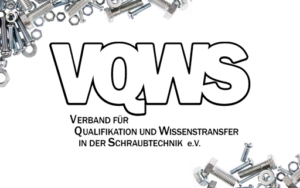
Utilize verification tools for shafts effectively
Standards, guidelines, analytics and FEM
Using digital calculation methods
The possibilities for verifications are constantly evolving and can become increasingly practical in their entirety. The digitalization of calculation methods is a decisive step, but the targeted application of these methods in specific real-life scenarios is just as important. This is the key to success.
Problem definition
In this context, we are talking about a wave, at least on the screen. However, not everything that appears as a shaft in the world of 3D design meets the strict requirements of the calculation methods. A concrete example is flanged shafts. Apart from the obvious geometrical differences between the flange blade and the base body of the connecting shaft, additional forces such as carding moments and stress concentrations require sophisticated analytical verification methods. The fatigue cracks at the junction of the flange require detailed investigation. Various options are available, including practical tests, FEM calculations or measurements on the component. The costs vary and subjective assessments often play a decisive role in determining the final result.
Objective
Intensive work is being carried out on a solution to evaluate the load-bearing capacity of flange shaft geometries in an impressive way. The verification methods developed are designed and structured in such a way that they can be easily transferred to similar components in series production without the need for extensive knowledge of the underlying processes.
By using advanced numerical calculations, stress distributions are converted into precise parameters and their application to flange shaft geometries is automated. This results in extended norms and standards that take into account the design requirements and application-specific conditions. Particular emphasis is placed on ensuring that these solutions are not only theoretically sound, but also function smoothly in practical application. Making this knowledge available to all departments ensures that component verifications are optimized.
Result
An innovative verification process has been developed that is tailored to different locations. Cost-effective strain measurements are carried out directly on the component in the company's own test laboratories. At the same time, international development teams are equipped with powerful computing tools that can take into account the same stress influence as a conventional measuring strip on the notch. The special thing about this is that the results are not only comparable within a component, a department or a location, but also across locations. This puts the development teams in an ideal position to design optimized products on a uniform basis.

Knowledge for technology
Your strong partners in product development
We support industrial companies on their path to digital transformation. With customized services in simulation, calculation and software development, we promote efficient product development. Put your trust in over 40 years of experience and shape your industrial future.





